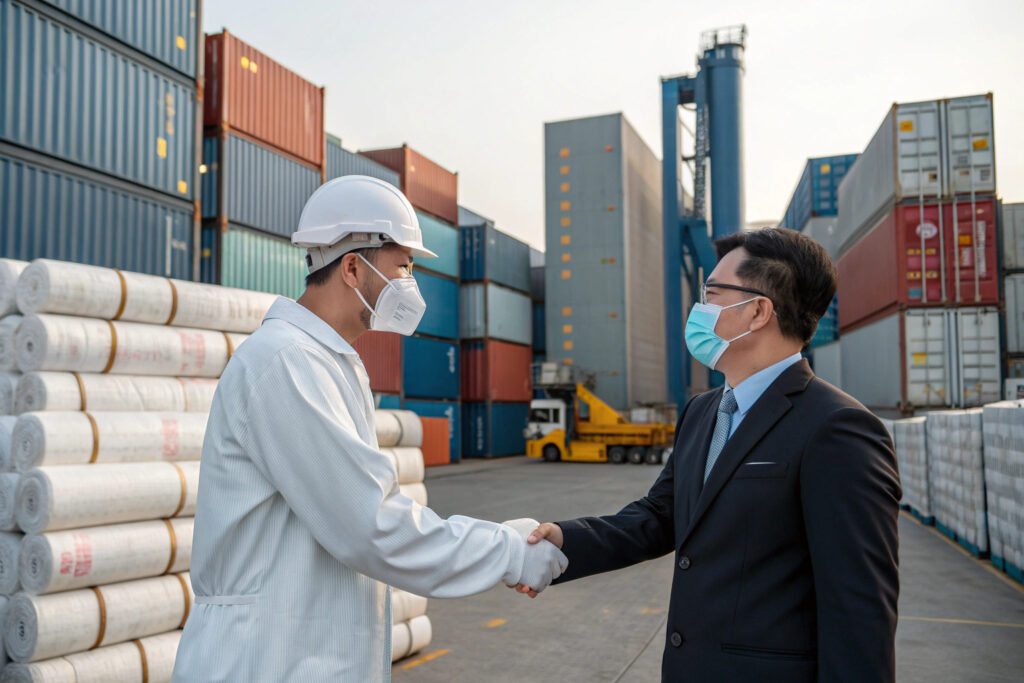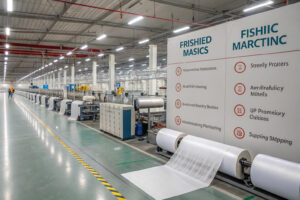As a global buyer, sourcing fabric masks from Asia often brings both opportunities and challenges. Many importers struggle with unstable shipping schedules, fluctuating tariffs, and inconsistent quality, which can quickly disrupt operations. If left unmanaged, these risks may cause financial losses and damaged brand reputation.
The best way to mitigate supply chain risks is through proactive planning—ensuring quality control, reliable logistics, diversified sourcing, and transparent supplier communication. By adopting a structured approach, businesses can reduce uncertainty and build a stronger foundation for long-term success.
When I first entered the international trade of fabric masks, I faced many of the same problems: unexpected delays, unclear customs procedures, and difficulty verifying factory capacity. Over time, I developed a system to minimize risks while working with major buyers from the U.S. and Europe. Below, I will share practical strategies that you can apply immediately.
What Are the Main Supply Chain Risks in Asia?
Many buyers worry about unexpected problems that occur when importing from Asia. Price instability, shipping delays, and inconsistent product quality are the most common risks that need careful management.
The key risks include logistics delays, fluctuating tariffs, limited supplier capacity, and inconsistent quality control. These issues can be minimized by choosing partners with proven reliability and a strong presence in the region.
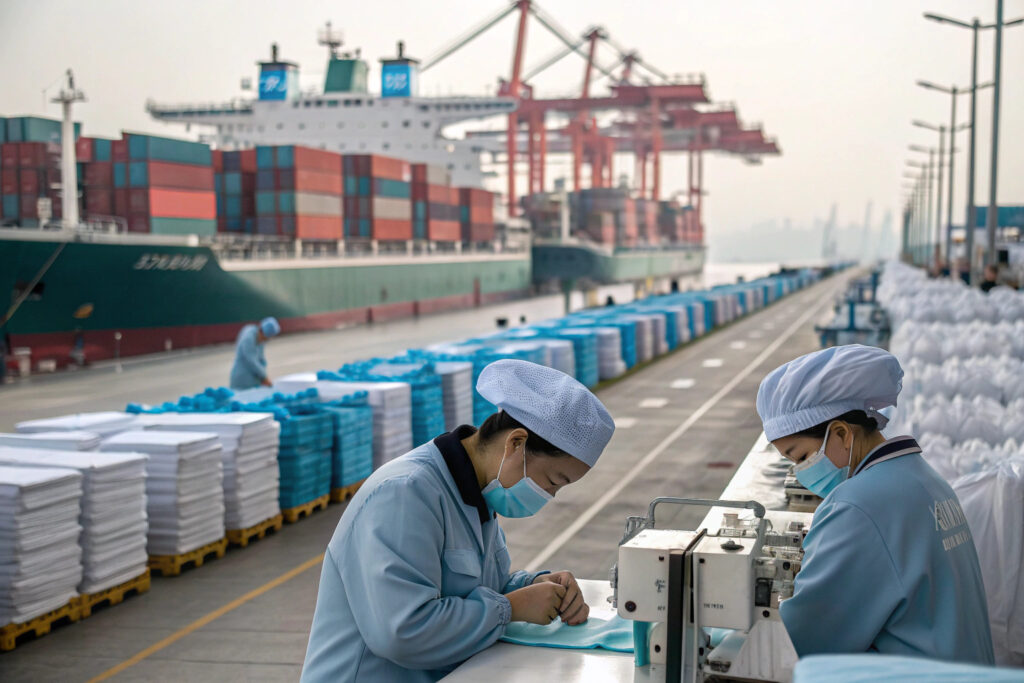
How Do Shipping Delays Impact My Orders?
Shipping delays are one of the most painful problems for global buyers. A sudden port closure, vessel backlog, or customs inspection can extend delivery times by weeks. For example, during COVID-19, many importers lost market share because their masks arrived too late. Today, even with more stable conditions, disruptions still occur. To reduce this risk, I recommend working with suppliers located near major hubs like Ningbo Port or Shanghai Port, which have strong alternatives when congestion happens. Partnering with a company that provides real-time tracking through digital platforms such as Flexport or Maersk’s shipping solutions gives buyers more visibility and control.
Can Quality Control Failures Be Avoided?
Another major risk is quality inconsistency. Without strong testing procedures, masks may fail to meet safety or comfort requirements. A failed quality inspection could result in costly returns or reputational damage. The best prevention is implementing end-to-end quality assurance. For instance, our in-house lab provides tests on composition, colorfastness, and shrinkage. Buyers should also request certifications such as OEKO-TEX Standard 100 and ISO 9001 before confirming production. A reliable supplier should also offer digital proof—photos, videos, and even live factory inspections via Zoom—to build buyer confidence.
How Can I Ensure Quality Control with Asian Suppliers?
When importing, consistent product quality is essential for brand survival. Buyers who fail to control quality risk customer complaints, refunds, and even bans from major e-commerce platforms.
The most effective way to ensure quality is to combine factory audits, third-party inspections, and digital monitoring systems. Reliable suppliers will welcome transparency and regular evaluation.
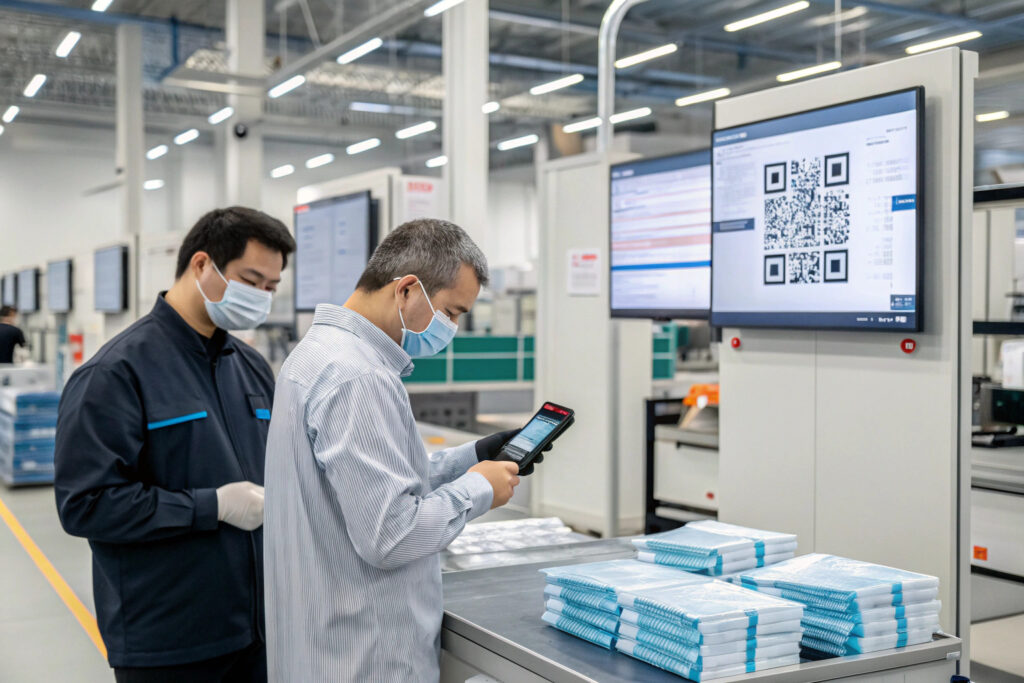
Should I Use Third-Party Inspections?
Third-party inspection companies like Intertek and SGS provide an unbiased check before shipment. Many U.S. buyers insist on pre-shipment inspection (PSI) to verify product count, packaging, and functionality. While this adds some cost, it prevents expensive mistakes. In my experience, buyers who skip inspections are more likely to face rejections at customs or customer complaints later.
How Do Digital Tools Improve Transparency?
Modern buyers are adopting digital systems to oversee production. Suppliers with integrated QR code tracking can share details of each batch, including dyeing records and shrinkage data. This reduces disputes and improves trust. Platforms such as Alibaba Supplier Audit and QIMA make it easier for buyers to view inspection reports remotely. Having these tools in place can dramatically improve efficiency and ensure long-term cooperation.
How Do I Manage Logistics and Customs Risks?
Even when quality is assured, logistics and customs remain a key source of risk. Freight costs, tariffs, and regulatory changes can affect delivery speed and profitability.
To manage logistics risk, it is important to work with experienced freight forwarders, optimize Incoterms, and prepare for tariff fluctuations. A flexible logistics strategy protects your business.
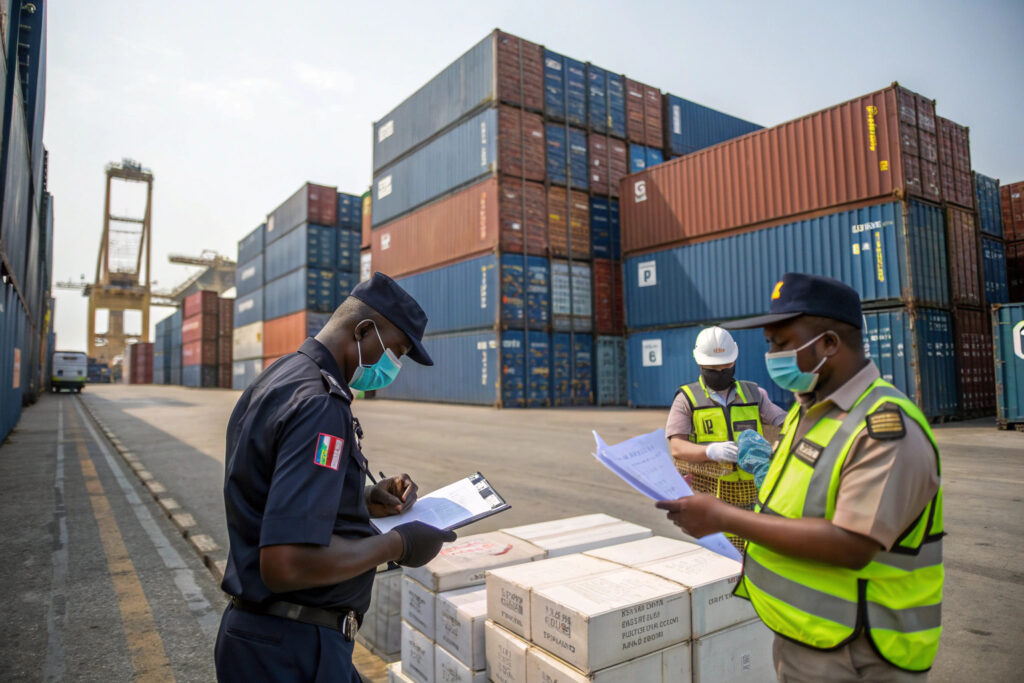
Which Shipping Terms Should I Choose?
Incoterms define responsibilities between buyer and supplier. Many new importers make mistakes here, which leads to hidden costs. For example, FOB (Free On Board) is usually best for experienced buyers, while CIF (Cost, Insurance, Freight) offers convenience but less control. Detailed guides on Incoterms 2020 explain how to select the best option. A good supplier should be flexible and transparent, explaining risks and costs before confirming orders.
How Do I Handle Tariffs and Import Duties?
Tariffs and duties can quickly increase total landed costs. For U.S. buyers, tariffs on certain textile masks have shifted due to trade policies. To prepare, it is wise to work with suppliers who can provide HS code guidance and customs support. The U.S. International Trade Commission and CBP (U.S. Customs and Border Protection) websites provide official tariff updates. Buyers should also consider warehousing in bonded zones or using regional trade agreements to reduce costs.
Should I Diversify My Supplier Base in Asia?
Relying on a single supplier can be risky. If that factory faces raw material shortages or government restrictions, your orders may be delayed.
Diversifying suppliers across different regions in Asia helps reduce risk and ensures business continuity. It also improves your bargaining power and flexibility.
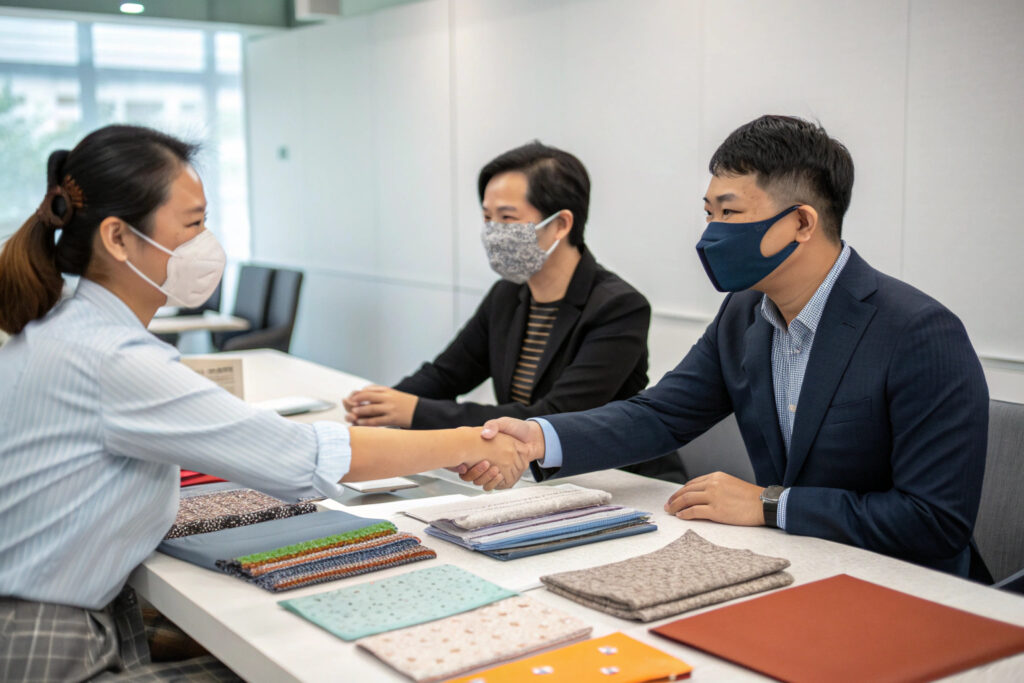
Is Multi-Country Sourcing Better?
Yes, sourcing from multiple countries is a strong strategy. For example, combining suppliers from China, Vietnam, and Bangladesh reduces dependence on one location. According to World Bank data, supply chain disruptions vary widely across countries. Vietnam may offer lower tariffs, while China provides faster development speed. Balancing these strengths ensures stability.
How Do I Maintain Strong Supplier Relationships?
Strong supplier relationships mean better communication and priority treatment during high demand. Regular visits, online meetings, and long-term contracts all help. Platforms like Global Sources and Made-in-China allow buyers to expand their supplier pool while maintaining ongoing trust with key partners. Diversification is not just about risk—it is also about growth.
Conclusion
Sourcing fabric masks from Asia offers huge opportunities, but risks must be managed carefully. By understanding supply chain vulnerabilities, investing in strong quality control, preparing logistics strategies, and diversifying suppliers, buyers can protect their business and improve long-term growth.
If you are planning to source fabric masks or accessories, our team at Shanghai Fumao can provide you with full support—from product development to global delivery. To start your order today, please contact our Business Director Elaine at elaine@fumaoclothing.com.

